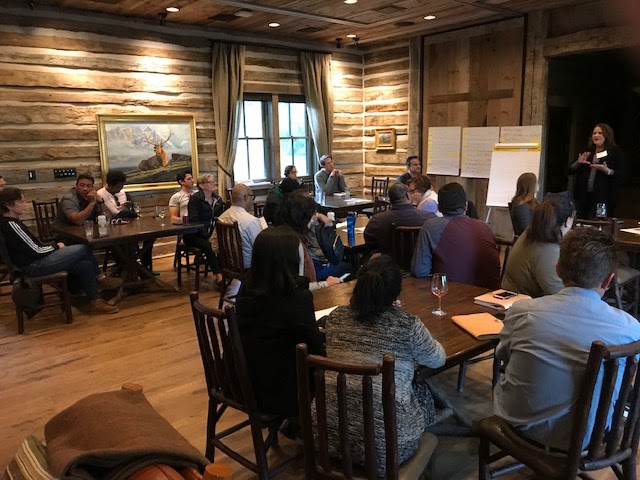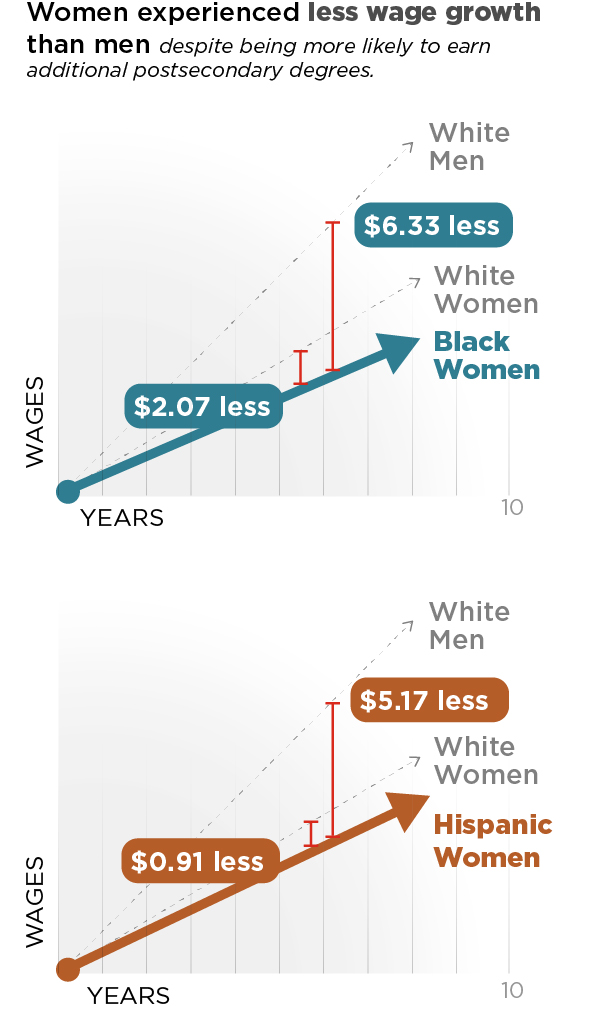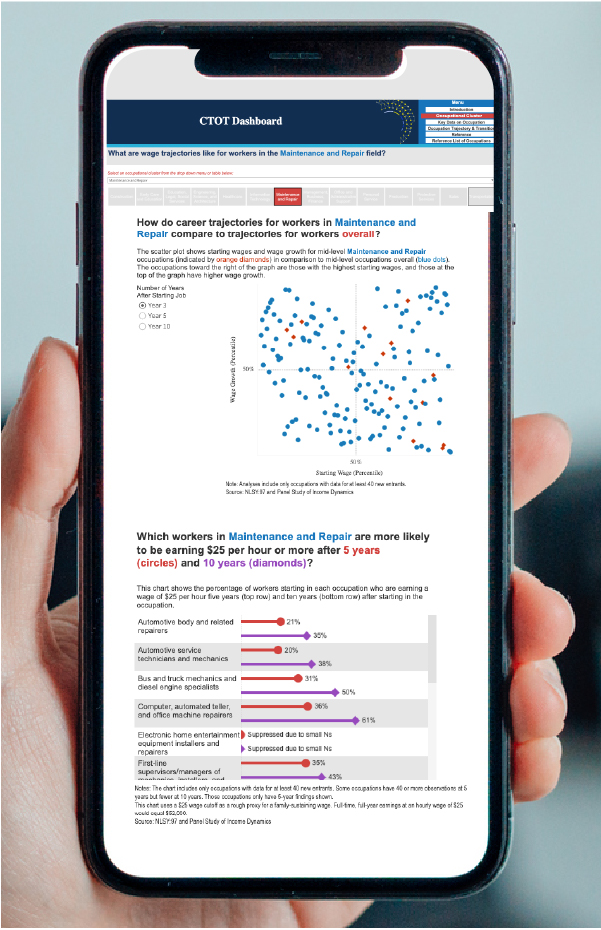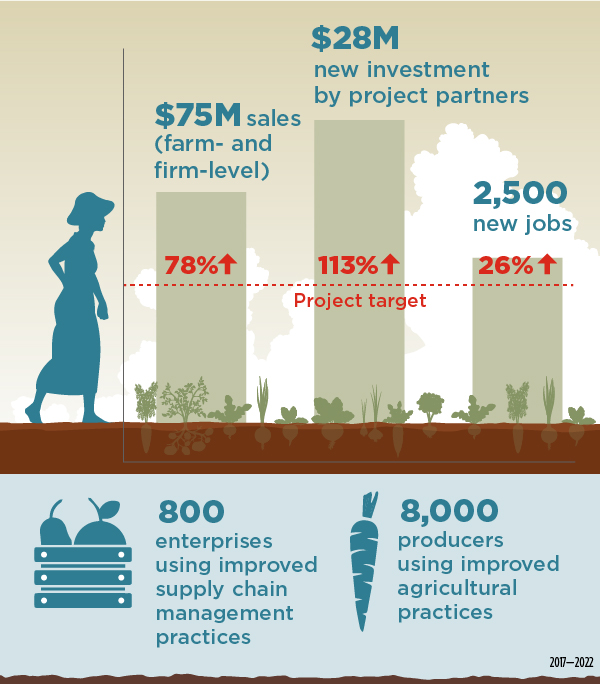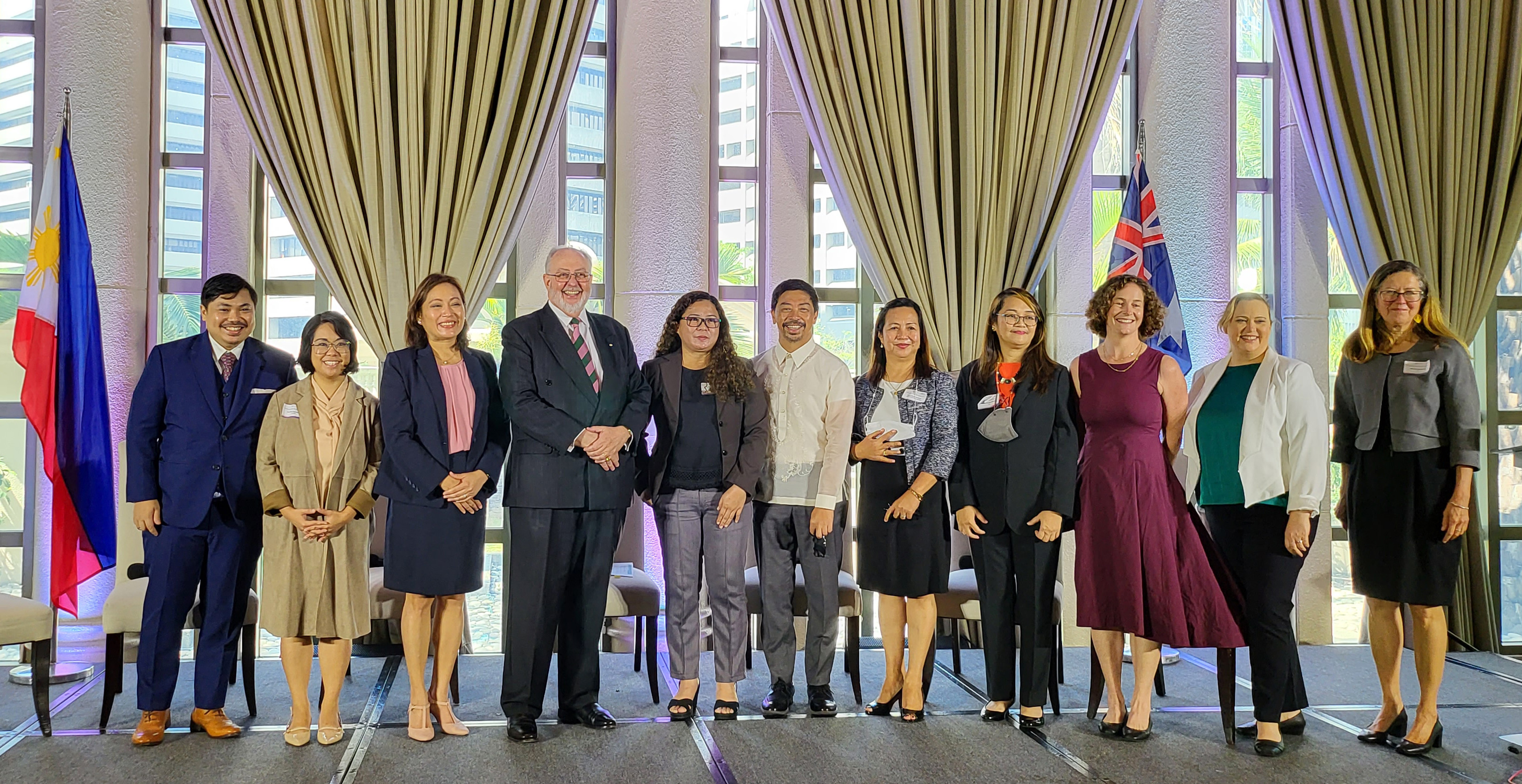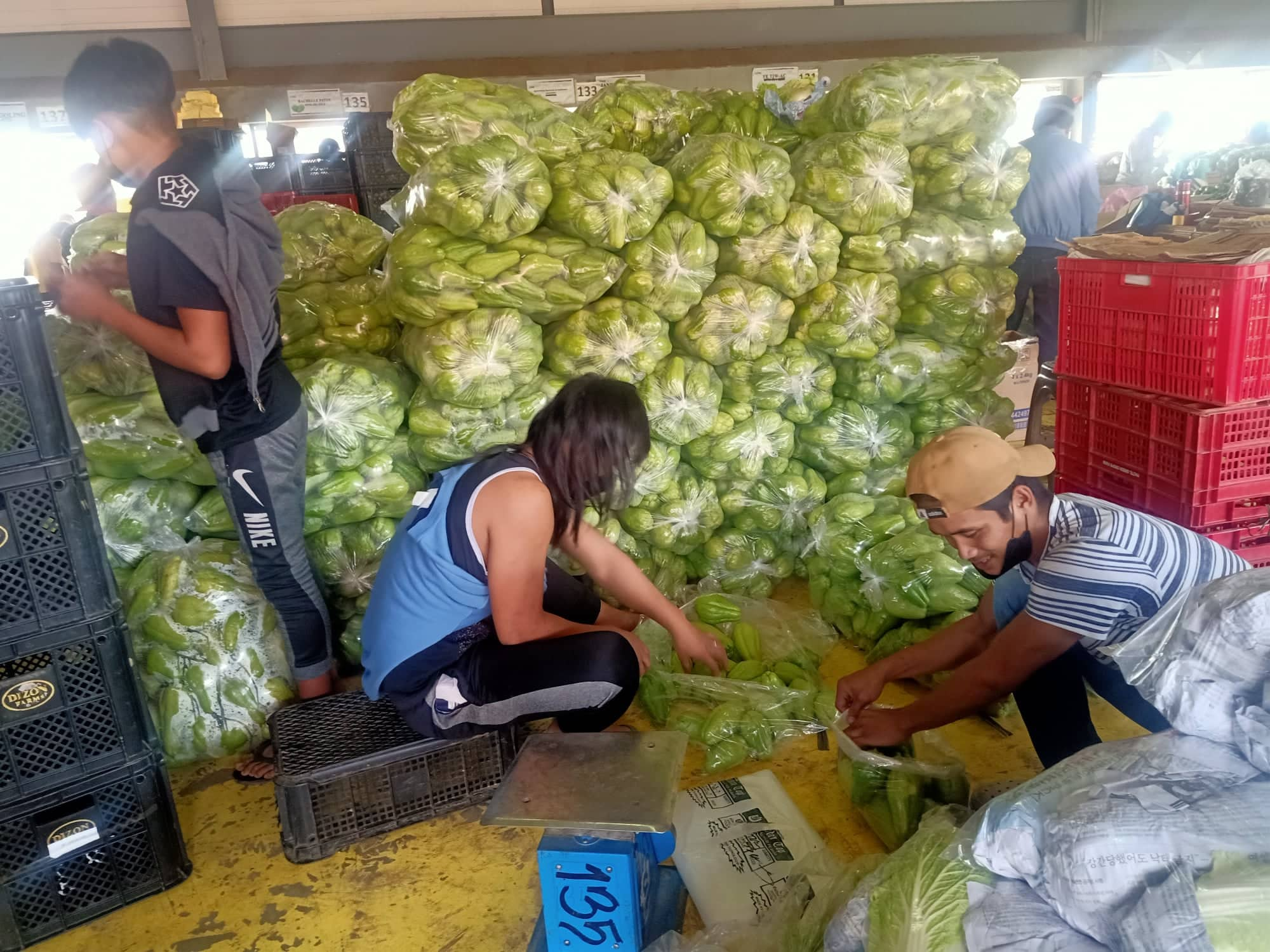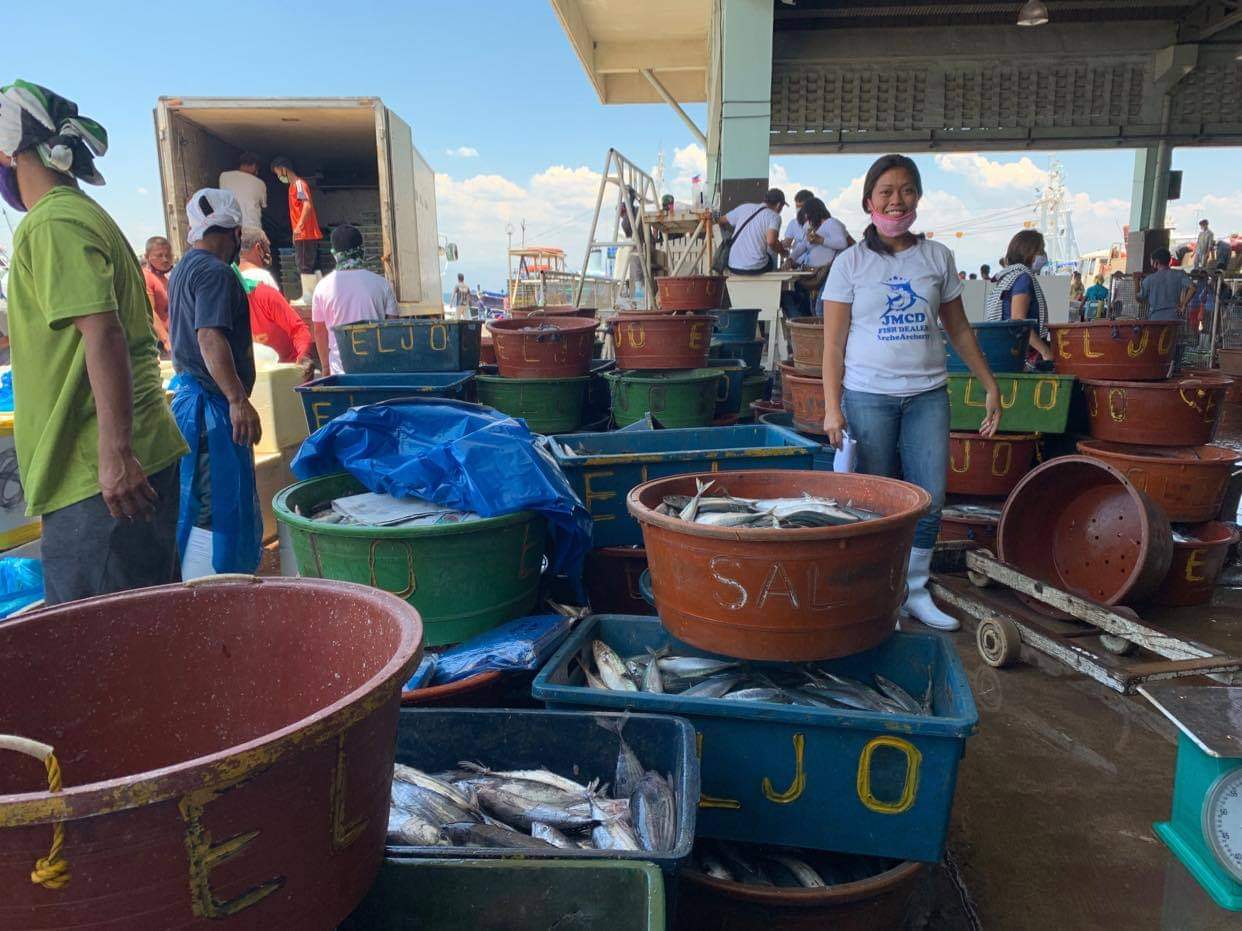Economic Security
READ THE STORIES: Advancing Local Housing Solutions in the U.S. | Uncovering Career Trajectories that Pay Off | Transforming Cambodia’s Horticulture Market | Catalyzing Finance for Women-Owned Enterprises
Advancing Local Housing Solutions in the U.S.
Despite its importance, local housing policy in the U.S. has historically received far less attention than federal housing policy (which involves federal support for home mortgages, tax credits, and large housing subsidy programs). But as housing affordability and homelessness reach crisis proportions, the policies set by local officials will be critical to implementing effective solutions. For example, city zoning codes influence the overall supply of housing by specifying how many homes developers can build on a lot. Cities and counties use tactics ranging from tax abatements to general obligation bonds to promote affordable housing.
Until recently, local policymakers lacked guidance on how to navigate the complex array of local housing policy options. Abt Global and the NYU Furman Center sought to address this gap by creating LocalHousingSolutions.org. The website, launched in 2018, provides in-depth guidance on how to develop strategies to enhance housing affordability and foster inclusive communities. These original videos illustrate the content available on the website.
Driving Awareness about Affordable Housing Policy
The website built on the work of the National Community of Practice on Local Housing Policy, a two-year process Abt and NYU initiated in 2015. A 14-member group of experts, with funding from the John D. and Catherine T. MacArthur Foundation and the Ford Foundation, met intensively over two years to develop a framework to help local officials make sense of scores of local housing policies.
Local Housing Solutions Policy Framework and Housing Needs Assessment Tool
Today, LocalHousingSolutions.org is the leading source of information on local housing policy in the U.S., with local officials across the country using it to learn about housing policy options and develop strategies. In a six-month period ending March 31, 2022, the site had 102,919 users who viewed 184,828 pages. The site contains in-depth briefs discussing more than 90 local housing policies, briefs on how to develop a local housing strategy, and a housing needs assessment tool. It also has case studies on everything from Boulder County’s regional housing partnership and addressing legacy resident displacement in Atlanta, to building wealth for renters in Cincinnati and eliminating single-family zoning in Minneapolis.
Among the many topic-specific briefs, the site examines how state policies constrain local housing options; some states preempt local officials from adopting policies such as inclusionary zoning or refuse to authorize its use. The site also discusses how to engage community members for input and feedback on a city’s housing strategy.

